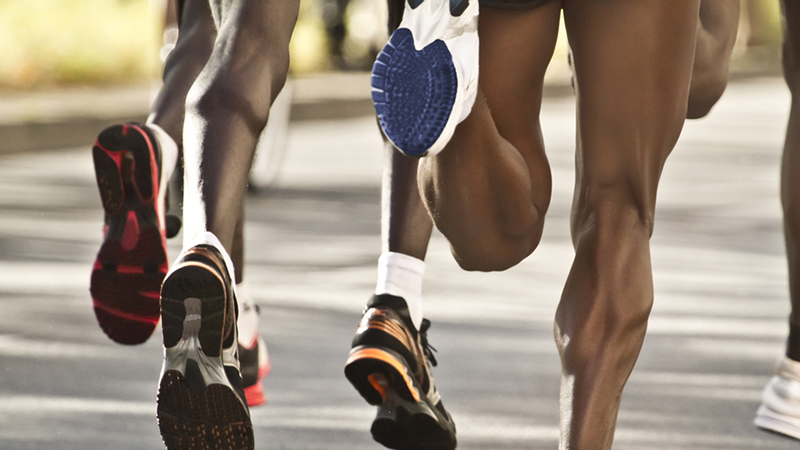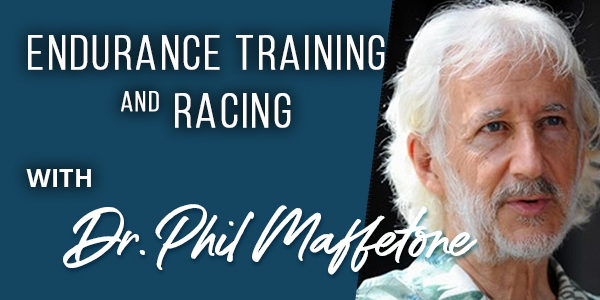
Why the East Africans’ dominance of distance running was sure to fade.
In the world of running pundits, there is always a new “force” to be reckoned with. Often this is followed by ridiculous marketing fads like certain foods based on the notion that some “new” superior race or nationality of runnings humans has been “discovered.”
For many years now this superior force in distance running has been made up of athletes from East Africa, especially the countries of Ethiopia and Kenya. They have dominated distance events from the 5K to 10K to the marathon. In a physical sense, this seems to make sense. Most elite Kenyan runners are small-stature, lean, and have whippet-thin legs, so they aren’t carrying extra weight, but equally important is many live at high altitude, spend most of their early years active and barefoot, and have the advantage of running being the national sport.
And yet with this latest Olympics in Rio we have seen the beginning of the loosening of the stranglehold East Africans have had on distance running events
This notion is not something new, but it is something easily forgotten. The first great U.S. runners were all Native American, particularly members of the Hopi tribe of the Southwest. The most famous Hopi runner, Lewis Tewanima, twice represented the U.S. in the Olympics and picked up the silver in the 10,000 meters at the 1912 Stockholm Games. Fifty-two years passed before another American medaled in the 10,000 meters — Billy Mills, who was of Sioux descent, took gold.
And then there was Finland. Who could forget how the “Flying Finns” dominated distance events in the 1912 Olympics, and then later in the 1972 Munich Olympics and 1976 Montreal Games? In these two Olympics, the last of the great Flying Finns, Lasse Viren, won a total of four golds in the 5,000 meters and 10,000 meters.
Remember “Chariots of Fire?” After the second World War, England was a powerhouse in middle-distance events like the mile. Then came other Commonwealth nations — New Zealand, Australia, and Ireland — which produced many world-record milers and middle-distance champions.
The U.S. never lagged far behind, with a great running program that lasted into the late 1970s and included such running legends such as Jim Ryan and Frank Shorter, whose marathon victory in the 1972 Munich Olympics is widely viewed as the catalyst for America’s first running boom.
In recent years it’s been African runners who have established themselves as the world’s best — from the North (primarily the Moroccans and Algerians) and the East (Kenyans, Ethiopians, and to a lesser degree, Eritreans). In recent years, Kenya has pulled away from the pack of its fellow East African contenders.
The trend of a certain nationality dominating for a period of time is also evident in other endurance sports. Check out the Tour de France with Spain, France, the U.S. and United Kingdom all taking pulls at dominating for multiple years. Australia and the U.S, have been major forces in Olympic swimming for decades. And the Scandinavian countries virtually rule cross-country skiing in the winter Olympics.
Some would say it’s genetics but I disagree. History speaks against this theory and plus it’s just bad science.
There are at least two important factors that lead me to believe that Kenya would eventually see its dominance begin to falter. The first factor has to do with genetics and the other is environmental. Both have been touted as the reasons for success in the endurance world. They are also deeply intertwined, and affect each other in profound ways. This relationship can be distilled as nature/nurture.
- Nature is our natural-born biology, with genes that provide the blueprint of being human. We pass on this genetic material from one generation to the next in the form of DNA, which contains codes that dictate specific features that the newborn will possess. As examples, these include hair and eye color, body height, basic body build, and skin color. It has taken millions of years of natural selection for our genes to become what they are today.
- Nurture is the environment’s effect on our body. This includes diet, stress, lifestyle and one’s upbringing. In particular, the development of physical activity from the earliest age can significantly influence one’s ability to run faster or slower later in life.
Some of the key factors associated with superb endurance is the combined importance of Vo2max, lactate threshold, and running economy in achieving optimal marathon performance. Specifically, how well do the Kenyans fare in these areas?
Mayo Clinic’s human endurance expert Dr. Michael Joyner has written that “a careful review of the scientific studies shows that [the Kenyans’] values are nothing special for elite distance runners. However, many do have outstanding values for running economy, but these values are not better than those seen in the most efficient runners of other races and nationalities. Also, no genetic factors have been identified to explain their success.” Joyner does state that if the East Africans have something unique, “It is likely due to hard and active lives at high altitude from an early age.”
It’s easy to see how people can view the Kenyans as indomitable. I’ve visited the country and have seen firsthand how the culture promotes champions by valuing running above other sports. And the lifestyle and training, rest and recovery coupled with an environment that provides hilly countrysides and high altitude produces winners.
But nothing lasts forever, and in this latest Olympics we saw the East Africans’ success beginning to fade with fewer top-10 finishes in distance events. Will this trend continue in the future? And, if so, what country will be next to rule over distance running?
This article was adapted from a chapter of 1:59: The Sub-Two-Hour Marathon Is Within Reach—Here’s How It Will Go Down, and What It Can Teach All Runners about Training and Racing.








